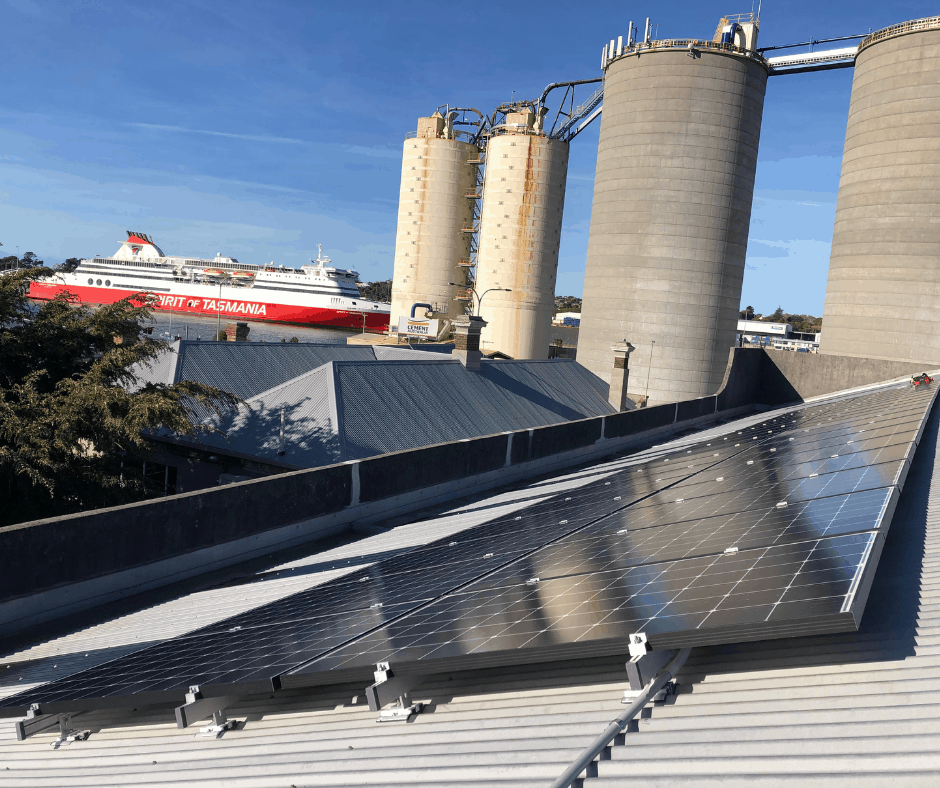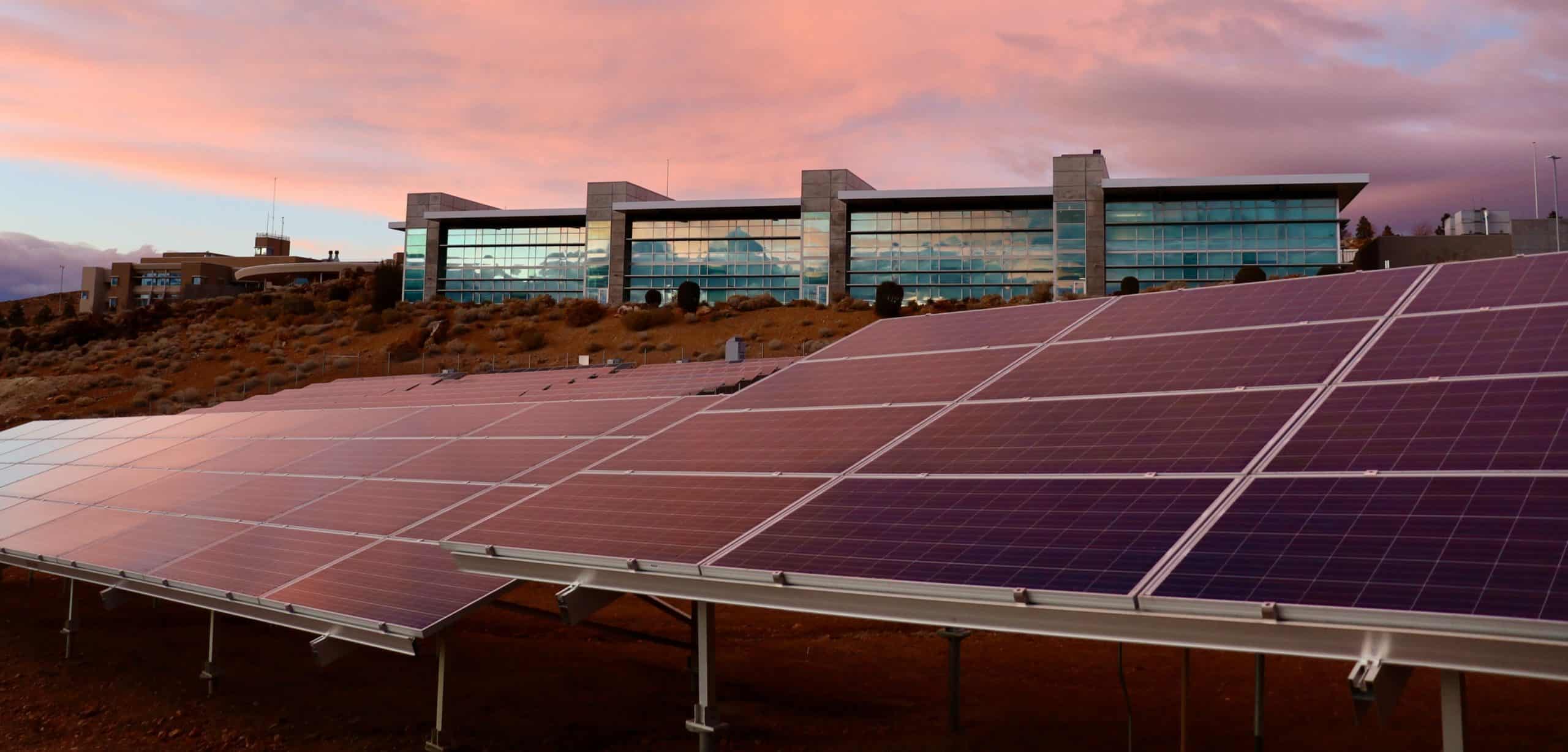Save Now, Pay Later.
With flexible payments from handypay.
Save Now, Pay Later.
With flexible payments from handypay.
Published

This is the term that describes the amount of energy it has taken to manufacture an item. Everything us humans make has some sort of embodied energy count.
For example to make one standard car we are looking at a figure of around 76,000 kWh or 76 megawatt of energy. That is a lot of energy. To put this into context: my house, workshop and showroom consumed 16MWh for all of 2020. So that’s every kettle I’ve boiled, every room I’ve heated, every meal I’ve cooked, computers and servers that never shut down, a warehouse full of lights and appliances worth of energy for an entire year and it’s only 21% of the energy that is required to one single car. This amount of energy involved in manufacturing a car is before we have even considered putting fuel in it to keep it going.
Safe to say cars are a black hole of embodied energy.
House and buildings.
The CSIRO has calculated it takes at least 276MWh to build a modest home or the same amount of energy for to make 3.7 cars. Now hopefully a home has a life span of at least 100 years though given the state of some of these new homes this is debatable. But still works out to be 2.76MWh per year on top of the typical 10MWh a home typically consumes per year.
Embodied energy is something we don’t normally consider when we purchase things.
We just accept them as bright and shiny objects we want to purchase without acknowledging or even being aware that a lot of energy and potentially pollution has gone on in the background to manufacture and transport. It wouldn’t hurt to give where and what your items are made from a bit of thought but this leads me onto my next area of embodied energy.
Solar Panels.
They don’t grow on trees and if they did we would probably burn them.
Solar panels are essentially a conglomerate of sands, aluminium, copper, silver and other things you wouldn’t want to spread on your toast. But all these materials take energy to craft them; from their raw form to the final products we see on our roofs. But this is the best bit about a solar panel; they harvest energy from the sun and convert it into something we can use. On average it takes around 2.5 to 3 years to recover enough energy to recoup the energy it takes to make a typical solar panel. Some of my 10 year old panels have collected over 4MWh of solar energy each panel so far and at the end of their anticipated life span they will have collected over 10MWh of energy per panel and some of these houses have over 20 of these so that 200MWh of energy for each house or the best art of the energy it required to build the home in the first place. These older panels are only 235 watts per panel and nowadays equivalent panels are 365 watts which is 50% more so houses today in 25 years time with 20 panels would generate 50% more power over the same time period.
It’s all interesting stuff but there is a fly in the ointment. A lot of panels aren’t lasting the distance. Some are not lasting long enough to even recover their embodied energy. Also different brands have different levels of embodied energy. Some are built using coal as the primary energy source while others like LG panels have hectares of solar panels on their factory roofs. So solar panels are energising the machines that make solar panels. That’s why LG panels have around a 1.8 year embodied energy payback. LG Panels and our Q.CELLS Q.Peak panels have a 25 year product or build warranty. They know their panels are built to last and have put their money where their mouth is and are willing to underwrite your investment for the next quarter of a century to prove it. Longevity on top of lower embodied energy in the products to start with make for a winning combination.
Now that we know what embodied energy is, it makes sense to buy quality solar panels that are designed to last. Not only is it stupendously good for your wallet, it’s what we need to be considering for the environment. Moving away from products with planned obsolescence or just purely disposable in nature benefits everyone. Buy things you can pass onto your kids. Buy things that last the life of your home. You may have to pay a bit more for it but ultimately everyone benefits even those that haven’t even been born yet.
Today’s scintillating energy fact is:
If you were to yell into a microphone continually, without about a break, for 8 years, 7 months and 6 days, you would have expelled enough energy to heat up enough water for a single cup of coffee.
Science once again proves how pointless it is to yell at our kids.
DMS Energy the busiest electrical contractor on the North West coast. LG and Q.CELLS solar dealers and SolarEdge partners. We do the research so you don’t have to. Come into the showroom at 56 Sheffield Road in Spreyton and check us out for yourself.

Simple, Low Rate Green Loans

Introducing award winning finance provider, Handypay, to bring you the most Competitive, Flexible and Versatile finance solution available in the home improvement industry today!
We have partnered with Handypay so customers can access a simple, affordable green loan for their solar panels and home batteries. Get a no-obligation quote and pre-approval in minutes, not weeks.
DMS Energy strives to Honestly, Ethically and Accurately assist Tasmanians to meet their energy reduction goals.
DMS Energy have advised countless locals on the right energy solutions for their home’s and business’s.




DMS Energy are not your typical energy efficiency salesmen! We are long time locals offering expert advice on solutions that are tailored to your individual needs. Talk to one of our experts today.